From the previous post's new Microsoft Copilot report on
the Cullinane diamond theorem —
"What emerges is a tapestry where geometry, algebra,
combinatorics, and visual art are tightly interwoven."
From the previous post's new Microsoft Copilot report on
the Cullinane diamond theorem —
"What emerges is a tapestry where geometry, algebra,
combinatorics, and visual art are tightly interwoven."
|
The Copilot "Deep Research" Report on the Cullinane Diamond Theorem … Aug. 10, 2025
The Cullinane Diamond Theorem: Definition, Significance, and Applications
|
| Mathematical Component | Role in Cullinane Diamond Theorem |
Linked Structure/Field |
|---|---|---|
| 4×4 Diagonal Tile Array |
Base of all patterns; permutations generate G-images |
Graphic design, combinatorics |
| Group G (AGL(4,2)) |
Symmetry group acting via permutations of rows, columns, quadrants; isomorphic to affine group on 4-space |
Group theory, finite geometry |
| PG(3,2) |
Geometry of combinatorial structures; lines correspond to three-element sets among 15 points |
Finite projective geometry |
| Line Diagrams |
Visual representation of points/lines; sum to zero under binary addition (XOR); correspond to configurations in PG(3,2) |
Coding theory, geometry |
| Miracle Octad Generator (MOG) |
Combinatorial tool connecting diamond patterns, Golay code, and M24; mirrors the arrangement of 35 square patterns |
Group theory, lattices |
| Latin-square Orthogonality |
Orthogonality mirrors skew lines in PG(3,2); supports combinatorial design and coding |
Experimental design, statistics |
| Diamond Rings |
Ideals in ring of patterns; extensions lead to infinite family of combinatorial algebraic structures |
Ring theory, algebra |
| Leech Lattice |
Dense sphere packing; ultimate application of symmetry and combinatorial code |
Lattice theory, group theory |
| Walsh Functions |
Symmetry of binary additions reflected in digital orthogonal functions |
Harmonic analysis, signal proc. |
| Quilt and Art Symmetry |
Real-world manifestation, accessible via design and visual arts |
Visual art, education |
| Computational Puzzles |
Interactive models for exploring symmetry, group action, and combinatorial geometry |
Pedagogy, computer science |
| Mathieu Group M24 | Underlying sporadic group structure; stabilizer subgroups correspond to symmetry group in theorem | Algebra, finite group theory |
The Cullinane diamond theorem stands as an exemplar of mathematical interconnectedness, taking a pattern as accessible as a quilt design and showing that, beneath its surface, lies a structure as rich and profound as the group theory of sporadic simple groups, the design of error-correcting codes, and the geometric packing of spheres in the Leech lattice. Its formal statement grounds a vast array of applications: from explaining graphic symmetries, guiding experimental design via Latin squares, informing coding theory, to underpinning interactive computational tools and advancing pure mathematical research in finite geometry and algebra.
What emerges is a tapestry where geometry, algebra, combinatorics, and visual art are tightly interwoven. The diamond theorem transforms our view of symmetry from decorative flourish to mathematical inevitability—a property rooted not just in aesthetic preference, but in the deep logic of finite geometry and algebraic structure.
In summary, the Cullinane diamond theorem not only provides a window into deep symmetries underlying visual and combinatorial designs, but also acts as a portal bridging the worlds of finite geometry, abstract algebra, coding theory, and even the arts—a convergence as unexpected as it is mathematically natural.
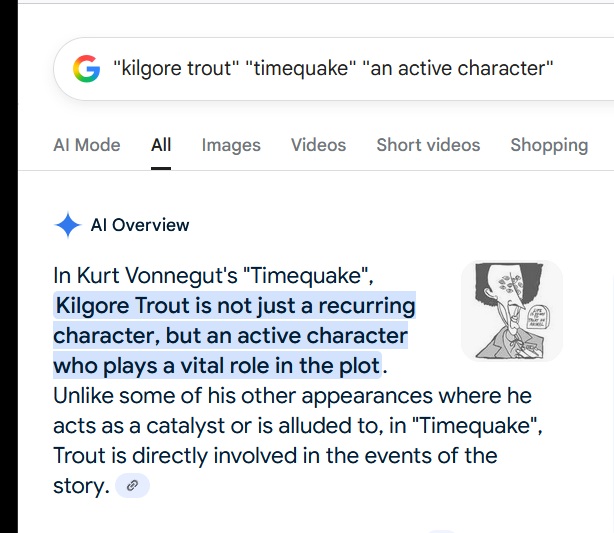
As is the similarly named scifi author Theodore Sturgeon
in fictional events at a real Whanganui alley.
"Life has a gap in it." — Sarah Silverman in "Take This Waltz."
See also . . .
http://m759.net/wordpress/?s=Gap .

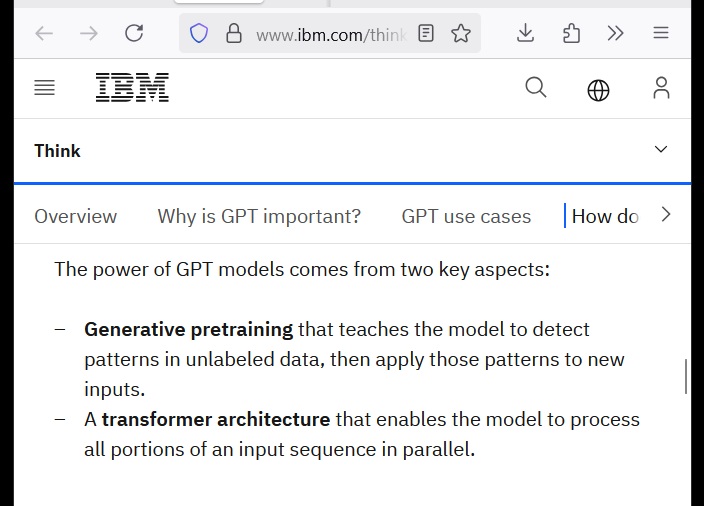
Megan Fox in "Transformers" (2007) —
Addendum: Where credit is due . . .

See also posts from the above Emma Watson Prada date — 15 Dec. 2022.
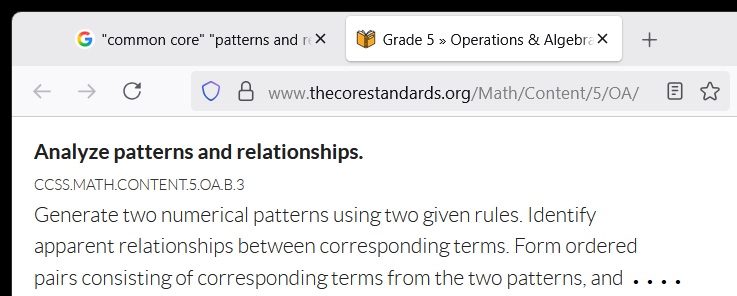
See as well Eichler's Reciprocity Law.
"What do you get with that card?"
"Big Top points."
Cicero, In Verrem II. 1. 46 —
He reached Delos. There one night he secretly 46 carried off, from the much-revered sanctuary of Apollo, several ancient and beautiful statues, and had them put on board his own transport. Next day, when the inhabitants of Delos saw their sanc- tuary stripped of its treasures, they were much distressed . . . .
Delum venit. Ibi ex fano Apollinis religiosissimo noctu clam sustulit signa pulcherrima atque anti- quissima, eaque in onerariam navem suam conicienda curavit. Postridie cum fanum spoliatum viderent ii
Ex Fano


The above flashback was suggested by a cartoon detail in
the January 24, 2018, posts now tagged Logic Points —

Synchronology check: This journal on the above Lurie date —
January 24, 2018 — in posts now tagged Logic Points.
From a post on the Feast of St. Nicholas, 2018,
"The Mathieu Cube of Iain Aitchison" —
Compare and contrast . . .
The Supercube of Solomon Golomb.
The title is from remarks by Heisenberg in the previous post.
Illustrated below are some classic arrangements . . .
The simplex at left is rather static, while the 4×4 array
at right is surprisingly dynamic, giving rise to a group
of 322,560 movements.
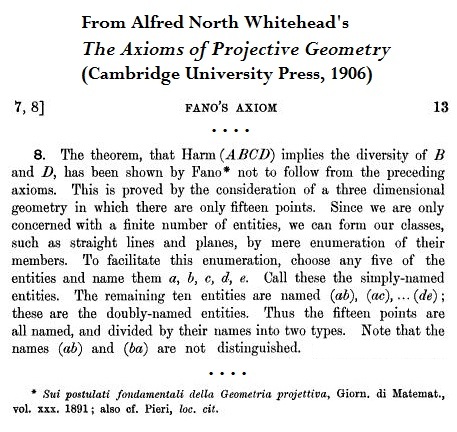
Static Simplex vs. Dynamic Array —
Related Disney artifacts —
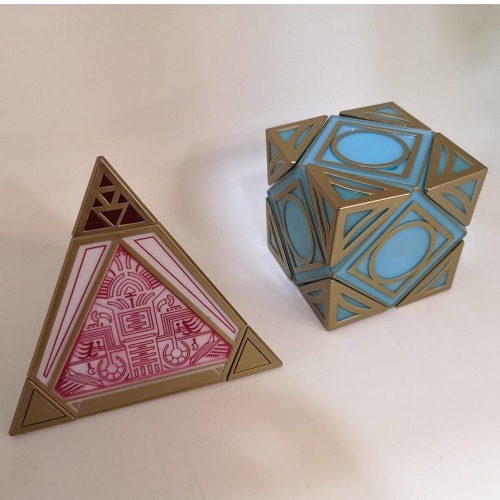
In memory of a writer on mathematics and logic
who reportedly died on January 13, 2025 —
From posts now tagged Heisenberg Letters . . .
"Just as both tragedy and comedy can be written
by using the same letters of the alphabet, the vast
variety of events in this world can be realized by
the same atoms through their different arrangements
and movements. Geometry and kinematics, which
were made possible by the void, proved to be still
more important in some way than pure being."
— Werner Heisenberg in Physics and Philosophy


Midrash —
Scholium —
|
"… die Schönheit… [ist] die
"Beauty is the proper conformity |
The original name of actor Warren Beatty was Beaty , as in the name
of my own* Warren, PA, junior high school.
The Ned Beatty character in "Stroker Ace" (1983, see previous post)
suggests a flashback to a post of Devil's Night 2021.
This journal at 12:11 AM EDT Sunday, August 3, 2025 —

Image suggested by a New York Times obituary later that same Sunday —
A film illustrating the classic book title
The Celery Stalks at Midnight.
Addendum : A love song for Wiig . . .
Related images . . .

"O Brave New World with Such Games" — Science, Aug. 23, 2013 —
Related reading from the Science date —
Today's hearsay report that mathematician Jack Morava
died yesterday suggests a review: Morava in this journal —


The Frabjous Part — Caillou Calais . . .
Caillou

. . . and, for conspiracy theorists . . .
Calais

This post was suggested by yesterday's "Kyoto Meditation."
From a search in this journal for alt+key —
Vide Klein himself.
* Phrase from a post of January 26, 2003.
"The impossible possible philosophers' man,
The man who has had the time to think enough,
The central man, the human globe, responsive
As a mirror with a voice, the man of glass,
Who in a million diamonds sums us up."
— Wallace Stevens, "Asides on the Oboe"
Related reading . . .

Related reading — http://m759.net/wordpress/?s="The+form,+the+pattern"
"Words move, music moves
Only in time . . . ." — Eliot, "Four Quartets"

* Related reading — http://m759.net/wordpress/?s=Static+Dynamic .

This journal exactly eight years ago today . . .
"Thus we have found" . . .
Another deceased Pomona College professor —

* Tune from the July 18 post "Eddington Mean Girl."
"Their immediate source was a Hessian* story . . . ."
— On the Brothers Grimm story "The Golden Key"
(https://sites.pitt.edu/~dash/grimm200.html).
Related fashion statement . . .

* See as well a technical, not ethnic, meaning of "Hessian."
Click image for the source.
The source beyond that source . . .
To the seven chapter epigraphs by T. S. Eliot in Cameron's
Parallelisms of Complete Designs there might be added . . .
"You can ponder perpetual motion
Fix your mind on a crystal day
Always time for a good conversation
There's an ear for what you say"
— "Up Around the Bend" lyrics
(Quoted here on the feast of St. Francis, October 4, 2023.)
🟎 See as well Asterix and Cleopatra .
From Plato, Pegasus, and the Evening Star (11/11/99) :
|
"Nonbeing must in some sense be, otherwise what is it that there is not? This tangled doctrine might be nicknamed Plato's beard ; historically it has proved tough, frequently dulling the edge of Occam's razor…. I have dwelt at length on the inconvenience of putting up with it. It is time to think about taking steps."
"The Consul could feel his glance at Hugh becoming a cold look of hatred. Keeping his eyes fixed gimlet-like upon him he saw him as he had appeared that morning, smiling, the razor edge keen in sunlight. But now he was advancing as if to decapitate him." |
See also Plato's Beard —


Related "grave breach" illustration . . .
Flores para los muertos

Sunday, May 5, 2013
|
|
Structure |
|
Related vocabulary:
Nick Tosches on the German word “Quell “
* The title is from Heidegger.
"… things become relevant and thus meaningful insofar as they are 'poetized'
(gedichtet ) or configured within a framework."
— Pol Vandevelde, “Poetry (Dichtung )” in Cambridge Heidegger Lexicon,
ed. Mark Wrathall (Cambridge: Cambridge. University Press, 2021,
pp. 582-588)
See also, from a Log24 post of October 14, 2006 . . .

Source: "https://deepmind.google/discover/blog/advanced-version-of-
gemini-with-deep-think-officially-achieves-gold-medal-standard-at-the-
international-mathematical-olympiad/" —

Compare and contrast . . . From this journal yesterday . . .
"Hypotheses non fingo." — Newton
Pol Vandevelde, “Poetry (Dichtung)” in Cambridge Heidegger Lexicon,
ed. Mark Wrathall (Cambridge: Cambridge. University Press, 2021,
pp. 582-588) —
Excerpts from the Vandevelde article:
🟎 See as well The Ninth Configuration .
Continuing today's earlier remarks . . .

One approach to the mystery —
IF one could inscribe in a semicircle, upon the diameter of the circle,
a right triangle whose hypotenuse is the diameter of the circle and
whose area is exactly half of the semicircle's area

THEN clearly one could do the same on the diametrically opposite side
of the circle and form a rectangle whose area is half that of the circle . . .
AND then convert that rectangle to a square, as below . . .

. . . and finally , as in the first geometric problem in the Meno , one
could use the new square (green in the figure above) to easily construct
a square with double the area.
That square — from the matrix of "Plato's diamond" —
would thus have the same area as the circle.
Thus, granted the hypothesis that the first triangle pictured
above has half the area of the semicircle in which it is inscribed . . .
One would have achieved the seemingly impossible, and squared the circle.
Update of 12:36 PM EDT July 20, 2025 —
Could the second geometry problem in Plato's Meno illustrate
one tentative approach to the classical problem of squaring
the circle ?
If so, the following remarks seem relevant . . .
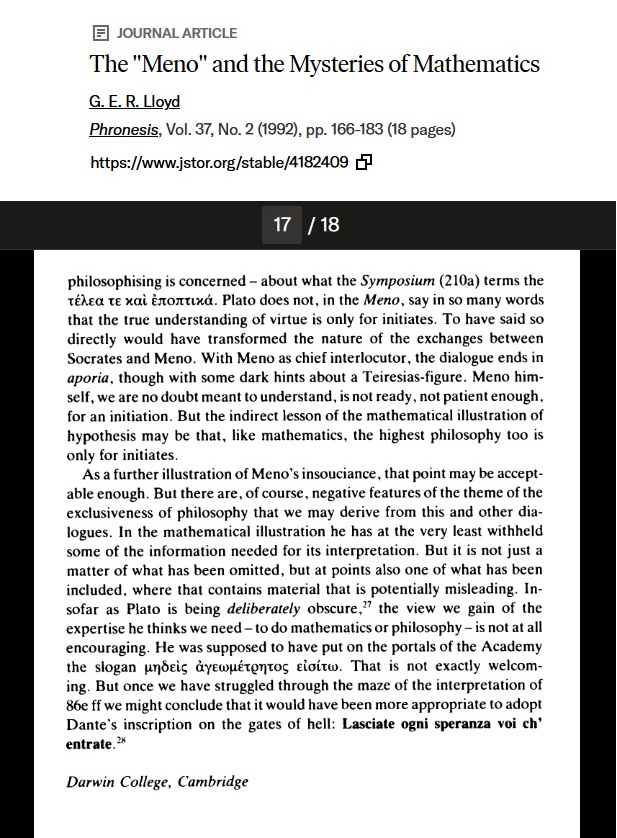
The properties of the mathematical structures in yesterday's post
"Philosophy for Eddington" are those of the Dirac matrices discussed
by Arfken. An elegy for Arfken —


Tuesday, September 13, 2022
|
The "Barth Art" tag in the previous post, a reference to
a visual artist, suggests a check of the dies natalis of
mathematician Wolf Barth — December 30, 2016.
Vide https://commons.wikimedia.org/wiki/File:Burgruine_Hohenstaufen_(2).jpg.
(Suggested by a chess cartoon in The New Yorker, a castle in Italy,
and a Log24 post.)
The previous post suggests a look at . . .

Related cartoon —
"Some cartoon graveyards are better than others."
As a boundary object,
some may prefer . . .
Cara Delevingne's Wall of Sound
(click to enlarge):
Christian Lorentzen in The New York Times yesterday —
"We may be … passing into an era of disembodied media entities —
an unholy maelstrom of websites, YouTube channels and,
worst of all, podcasts."
Midrash —
"… this book centers on the division of Quality
into the Static and the Dynamic." — Wikipedia
Examples of such division —


Static Simplex vs. Dynamic Array —
For the dynamics of the array, see the diamond theorem group
of 322,560 permutations and its generalization to the dynamics
of a 4x4x4 cube.
For the Whitehead labels on the static simplex, vide . . .

"… it is important to bring different perspectives to core disciplines…."
— New York Times culture editor Sia Michel, quoted in Variety today
from a reported Times memo.
A more abstract approach to that statement . . . Desargues via Galois.
Update of 1:09 PM EDT Wednesday, July 16, 2025 —
The pyramid-with-circles shape in the image above is from mathematics
popularizer Burkard Polster, who named it . . .
"God's fingerprint" .

For a correction of Quine's attribution to Plato,
vide The Appearances (Log24, Sept. 20, 2009).
Related literary remarks on New York water . . .

See also Rosenhain and Göpel in this journal.

Google AI links the "Number of Symmetries" illustration at bottom right
above to http://m759.net/wordpress/?p=20339. Also at m759.net —
Diving deeper … Not in AI Mode —
|
“The best thriller I've read in years! At once a heart-pounding mystery and a profound take on the dangers of our confessional age.” — Joanna Rakoff, author of My Salinger Year “Welcome to the memoir workshop from hell. In dual timelines, a young writer looks for creative inspiration in a dangerous paradise and a mother searches for answers about her daughter's last days. I relished this insider's look at the glittering, intimate, and sometimes toxic world of writing retreats. The Deepest Lake is a gripping yet thoughtful novel about overcoming trauma, meeting our inheritance, and what happens when we seize the power to rewrite our own stories.” — Alison B. Hart, author of The Work Wife
|
The Painted Tongue — Detail of a July 12, 2025, photo by Marcela Nowak.
Compare and contrast — The Photographed Tongue , from today.
*

Selected sneak previews . . .

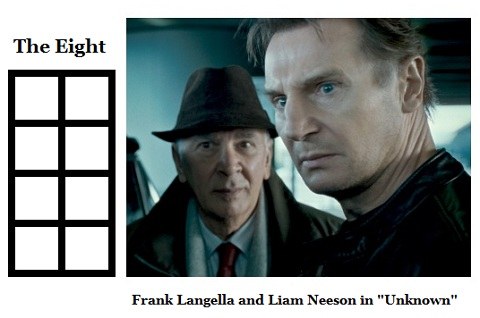
A version of the song from the end of "Nine Perfect Strangers," Season 2:
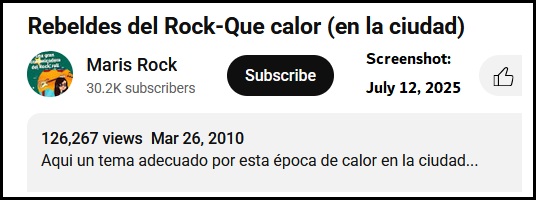
See as well this journal on the above YouTube date — March 26, 2010.
The song version that was actually played during that "Strangers" finale —
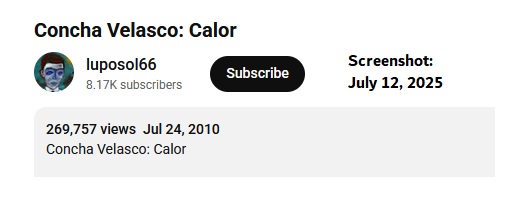
See also the Log24 post "The Leonardo Code" from that date.
"Show me all the blueprints."
I do not recommend as a role model the Dilworth
of the previous post. A rather different Dilworth —
(A sequel to the previous post,
"For a Language Animal")
From Nine Perfect Strangers
Season 2 Episode 4 — The Major Lift
12:25 Imogen has three graduate degrees.
12:27 Really?
12:28 Wow.
12:30 In what?
12:31 Psychology, linguistics and linguistic psychology.
12:34 So, um, psycholinguistics?
12:37 Uh, no.
12:38 Psycholinguistics is the study of how human psychology
allows us to develop and learn language.
12:44 Linguistic psychology is, it's, that's different.
12:46 Oh, how so?
12:48 Well, it's the study of how our patterns of speech
affect our emotional life.
12:54 You know?
12:55 You know how some people say words are violence?
12:58 As opposed to literal violence?
12:59 I don't think she means it in that sense.
13:01 Oh, no.
13:01 That is.
13:02 Oh, it is?
13:02 No, that is what I'm trying to say.
13:04 Yeah.
13:05 Right.
13:05 Sorry.
13:06 Um.
13:07 So, linguistic psychology is the study of how and why
language can sometimes have the same,
13:13 same effect on your body as physical assault.
13:17 So, I was the first person to just start that solo study.
13:22 Does that mean you made it up?
13:24 Uh, I pioneered it.
13:25 I didn't think they let you do that.
13:27 They basically let you do anything you want at NYU.
13:31 On that note, uh, cheers.
13:33 Cheers.
13:35 Cheers.
A possible musical accompaniment . . .

Also varying the triangle theme in a grid format . . . Triangle Graphics —
http://m759.net/wordpress/?tag=triangle-graphics .
See as well a Log24 post on the Eve of the above March 18 date.
See as well this journal on the above publication date.
* For the the Peter Craig who wrote Blood Father ,
reportedly a son of actress Sally Field, see . . .

The New York Times this afternoon —
"Lord Mount Charles, an Anglo-Irish peer
turned rock ’n’ roll promoter,
died on June 18 in a hospital in Dublin at 74."
Epilogue by Peter J. Cameron —
"There is a line between the abstract and the concrete,
and any particular piece of mathematics can be positioned
somewhere on that line.
And more seriously, there may be room for considerable
disagreement about where to put it."
— "Semper abstracta?" Conference on Theoretical and
Computational Algebra, Évora, Portugal, 3 July 2025: slides,
The dies natalis in a playwright's online New York Times obituary
from this afternoon suggests a review of July 4 posts. That review
in turn suggests the Wikipedia article "Superfluous man."

The previous post was, in part, about a famous experiment in
molecular biology. From posts now tagged The Heidegger Experiment,
a post from Walpurgisnacht 2015 contains the following passage . . .

See as well other posts with the phrase "shining through" in this journal . . .
“Schon in der Antike gab es zwei Definitionen der Schönheit . . . ."
The title was suggested by the previous post and by a scientist's
obituary (The New York Times, 5:26 PM EDT today.)

"The experiment demonstrated that after DNA unwinds and is replicated,
each new DNA molecule contains one original, or parental, strand and
one newly copied strand.
. . . .
That finding was considered a landmark discovery.
. . . .
'Watson and Crick had produced a pretty model, but had no hard data,'
Andy Stahl said. 'But that’s what the Meselson-Stahl Experiment did:
It proved how DNA replicates.' "
—
The scientist's dies natalis was reportedly April 2, 2025.
From this journal earlier . . .
Metaverse art — "View to a Screw"
From Instagram today . . .
Not so meta . . . Denmark Benchmark.
Powered by WordPress